Test Bank For Neonatal and Pediatric Respiratory Care by Perretta
Test Bank For Neonatal and Pediatric Respiratory Care by Perretta is an essential guide for those who want to provide the best care possible for their patients. This book provides clear and concise instructions on respiratory assessment and care, as well as how to establish and maintain an effective treatment plan. In addition, Test Bank For Neeb’s Fundamentals of Mental Health Nursing 4th Edition provides information on the latest advances in respiratory care, making it an essential resource for any health care provider.Whether you are a new nurse or an experienced practitioner, Test Bank For Neonatal and Pediatric Respiratory Care by Perretta is an indispensable guide to providing the best possible care for your patients. Digital item No Waiting Time Instant DownloadISBN-13: 9780803628311
Test Bank For Neonatal and Pediatric Respiratory Care by Perretta
Chapter 3 Resuscitation of the Newborn During Transition to Extrauterine Life
Multiple Choice
1. What stage of labor does the cervix reach complete dilatation?
A. Active phase
B. Latent phase
C. Deceleration phase
D. Transition phase
ANS: C
2. All of the following statements about fetal heart rate monitoring are true except:
A. It is used to estimate a fetus’s tolerance of labor process.
B. It is used to make decisions on the method and speed of the delivery.
C. It improves neonatal outcomes.
D. It has become the standard method of care in the United States.
ANS: C
3. A sinusoidal heart rate is indicative of:
A. Uteroplacental insufficiency
B. umbilical cord compression
C. A change in vagal tone after brief hypoxia episodes
D. Severe fetal hypoxia, acidosis, or anemia
ANS: D
4. Transition to the extrauterine world consists of all of the following rapid, physiological events except:
A. Establishment of respirations
B. Vasoconstriction of the pulmonary vasculature and increase in pulmonary vascular resistance
C. Transition of fetal circulation to adult circulation
D. Expansion of the lungs
ANS: B
5. A newborn presents at delivery with meconium-stained amniotic fluid and is handed to the resuscitation team. She is crying, has central cyanosis, and is moving spontaneously. Which of the following is the most appropriate first action for the team to take to resuscitate?
A. Dry, stimulate, and suction the mouth and nose.
B. Auscultate the lungs to evaluate aspiration of meconium.
C. Intubate and suction the trachea to remove meconium.
D. Place the baby on the mother’s chest.
ANS: A
6. Randomized controlled trials have suggested all of the following statements regarding induced hypothermia are true except:
A. Infants with moderate-to-severe hypoxic encephalopathy may be protected against brain injury.
B. Strict guidelines must be implemented within 12 to 24 hours following birth.
C. Infants with moderate-to-severe ischemic encephalopathy should be offered therapeutic hypothermia in a timely manner.
D. Registered respiratory therapists must be aware of their institutional policies to provide appropriate follow-up care.
ANS: B
7. What actions are usually enough to stimulate a newborn to breathe?
A. Positioning, drying, and suctioning
B. Positioning, drying, and slapping the newborn’s buttocks
C. Positioning, drying, and vigorously rubbing the newborn’s back
D. Positioning, drying, and flicking the newborn’s arm
ANS: A
8. What is the course of action when a newborn presents with secondary apnea?
A. Place in sniffing position.
B. Place on apnea monitor.
C. Initiate positive pressure ventilation.
D. Administer medications to increase heart rate.
ANS: C
9. Baby Carter presents with gasping, his heart rate is greater than 100 bpm, and the presence of secondary apnea is seen. Initially, what is the best approach when managing this newborn?
A. Biphasic positive airway pressure therapy
B. Positive pressure ventilation via resuscitation bag and mask
C. Oxygen therapy
D. Positioning, drying, and vigorously rubbing the newborn’s back
ANS: B
10. If a newborn weighs 2.5 kg, where should the endotracheal tube be taped?
A. 7.5 cm at the upper lip
B. 8.5 cm at the upper lip
C. 7.0 cm at the upper lip
D. 8.0 cm at the upper lip
ANS: B

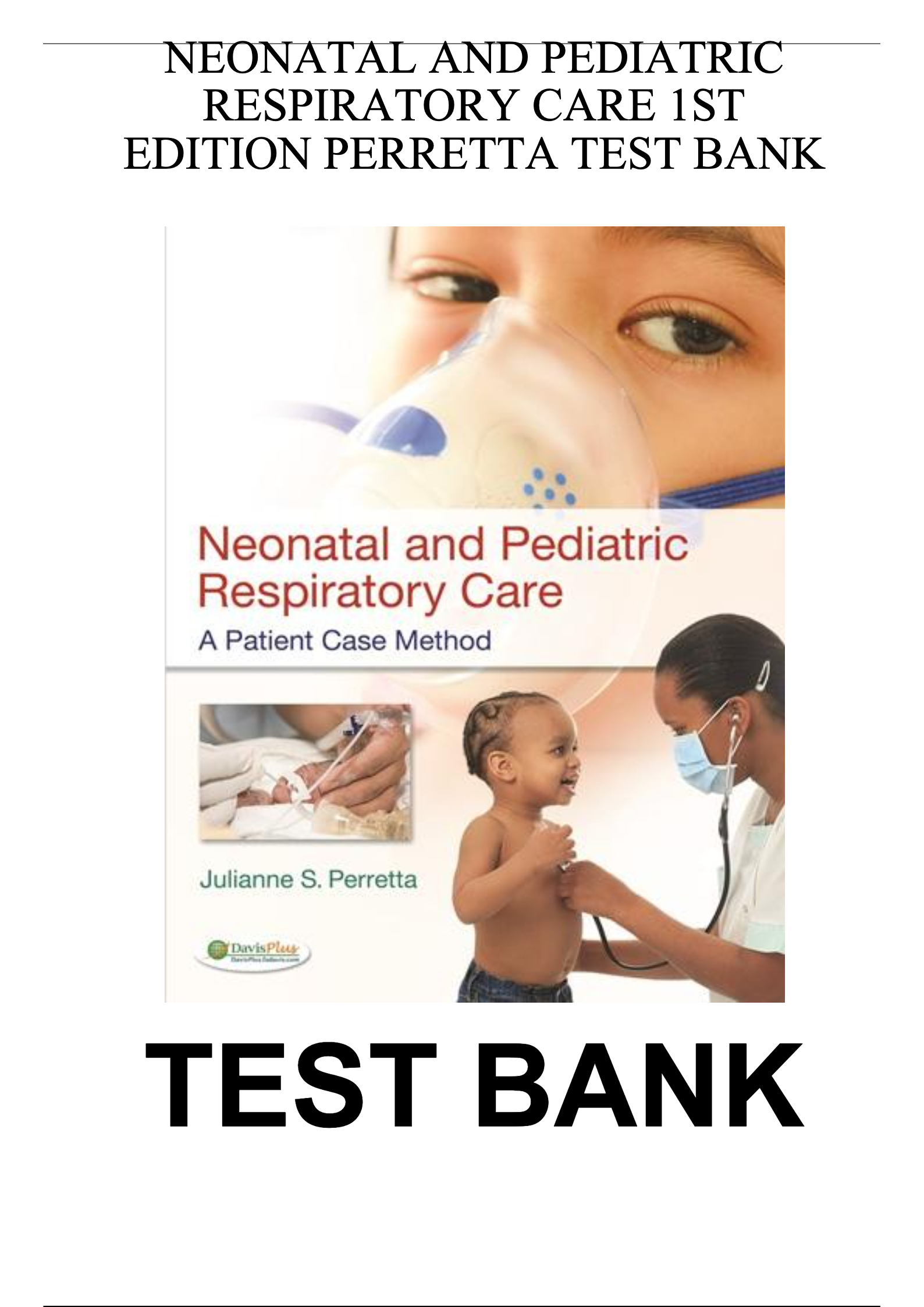
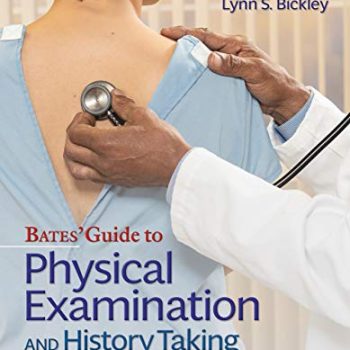
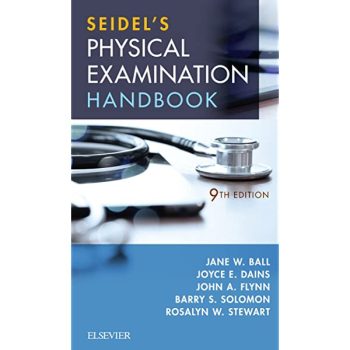
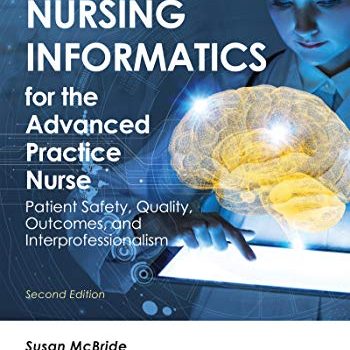

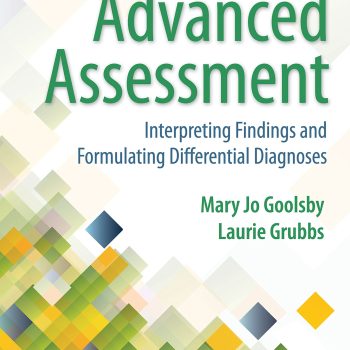
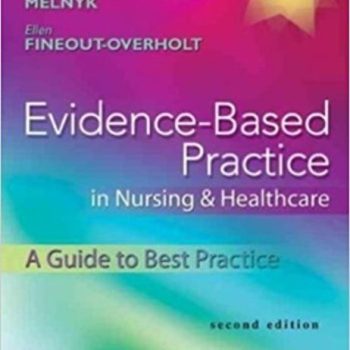
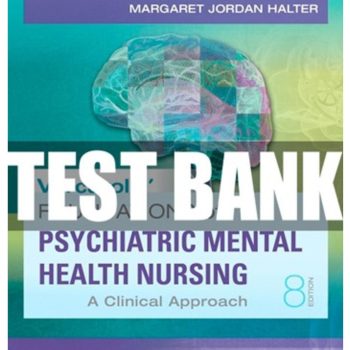
Reviews
There are no reviews yet.